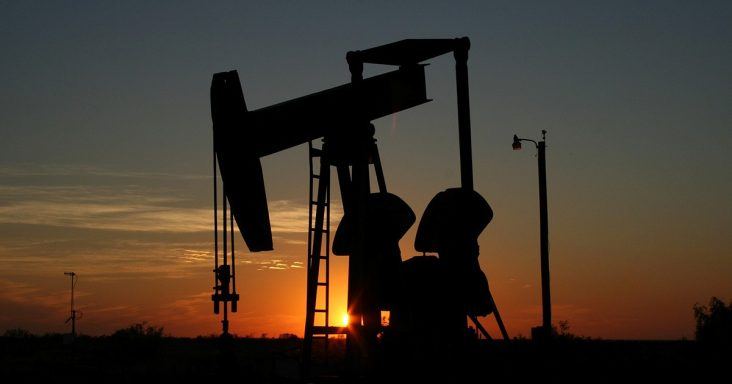U.S. becomes largest producer of crude oil
by November 2, 2018 2:31 pm 243 views

U.S. crude oil production rose 3.7% to 11.3 million barrels per day in August, from 10.9 million barrels per day in July, according to the U.S. Energy Information Administration (EIA). It was the first time monthly production levels surpassed 11 million barrels per day, and the United States exceeded the estimated 11.2 million barrels per day that Russia produced in August. As a result, the United States has become the leading crude oil producer in the world.
Monthly crude oil production reached a record high in several states. Texas had the highest record level at 4.6 million barrels per day and was followed by North Dakota with 1.3 million barrels per day. New Mexico, Oklahoma, Colorado and West Virginia also had record-high production levels. The Federal Offshore Gulf of Mexico reached a record high of 1.9 million barrels per day.
The Permian region, spanning western Texas and eastern New Mexico, accounts for nearly 63% of crude oil production in Texas and 95% of production in New Mexico. Between January and August, Texas production rose 15% or by 683,000 barrels per day, and New Mexico production increased 25% or by 182,000 barrels per day.
The rise in production in Texas and New Mexico has exceeded expectations, which assumed pipeline capacity constraints in the Permian region would’ve limited production growth as a result of an increased price difference between the West Texas Intermediate (WTI) crude oil at Cushing, Okla., and the WTI price at Midland, Texas, according to the EIA. By August, the price difference had risen to more than $16 per barrel, up from 43 cents per barrel in January. However, the efficiencies in pipeline usage and increased trucking and rail transportation in the region have allowed production to continue to increase at a higher rate than projected.
Between May and August, production in the Gulf of Mexico increased by about 130,000 barrels per day every month and represented a significant increase from the growth rate in the first four months of the year. The rise was a result of fields returning to full production after months of maintenance and infrastructure issues in the wake of hurricanes Harvey and Nate in 2017.
